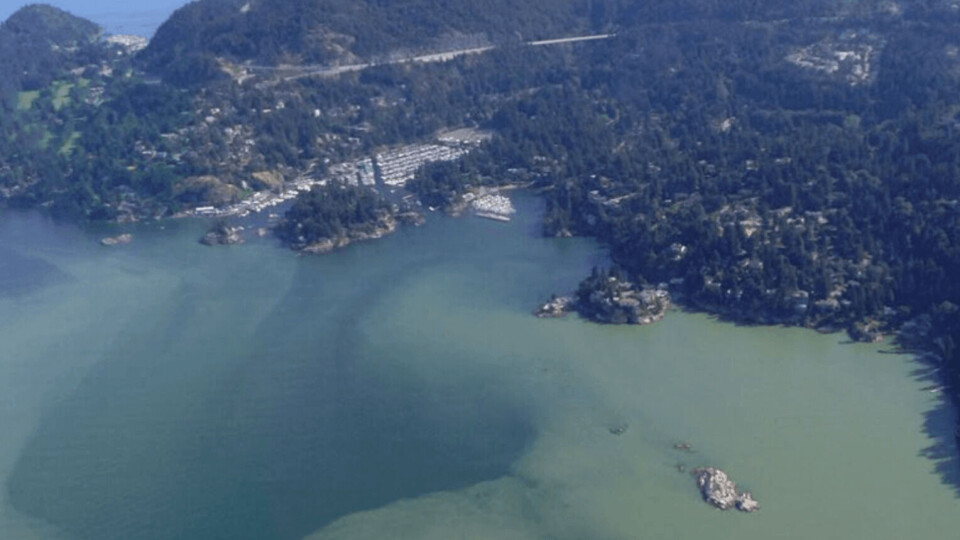
Global warming will increase algal blooms, warns UN
The latest UN expert report on the current state of the oceans addresses the phenomenon of harmful algal blooms and the risk that they will continue to proliferate if carbon dioxide levels in the atmosphere do not decrease.
On Wednesday, the “Special report on the ocean and the cryosphere in a changing climate”, prepared by the Intergovernmental Panel on Climate Change (IPCC), was released.
In it, experts point out that an urgent reduction in greenhouse gas emissions will limit the magnitude of changes in the oceans and the cryosphere – the frozen parts of the planet - and will allow the preservation of ecosystems and livelihoods that depend on those regions.
Oxygen loss
To date, the oceans have absorbed more than 90% of the excess heat from the climate system. The acidification and warming of the water, the loss of oxygen and changes in the supply of nutrients already affect the distribution and abundance of marine life in coastal areas, on the high seas and on the seabed, experts say.
The report contains a section that addresses the phenomenon of harmful algal blooms (HABs), which details that these caused an estimated loss of US $42 million for the tuna industry in Baja California, Mexico (García-Mendoza et al., 2018 ) and the mortality of more than 40,000 tonnes of farmed salmon in Chile (Díaz et al., 2019).
Increased toxicity
According to the authors, “this additional observational and experimental evidence has improved the detection and attribution of HABs to climate change, which shows that changes in biogeography, increased abundance and increased toxicity of HABs in recent years have been partly or totally caused by warming and other more direct human drivers”.
According to the IPCC, “the projected changes in ocean conditions are expected to intensify the risks related to HABs for coastal biodiversity and ecosystem services”.
In addition, the report notes that “a greater risk is expected for estuarine organisms, because the occurrences of HABs are stimulated by fluvial nutrient loads and exacerbated by heating, decreased dissolved oxygen and pH in estuarine environments (Gobler and Baumann, 2016; Paredes-Banda et al., 2018)”.
Raising risks
In general, it is expected that the appearance of HABs, their toxicity and risk in natural and human systems will continue to increase with warming and the increase in CO₂ in the 21st century.
The growing likelihood of HABs occurring under climate change also raises risks in aquaculture, fisheries and tourism, as well as public health, the report said.
The document prepared by the IPCC had the collaboration of more than 100 scientists from 36 countries, who reviewed almost 7,000 publications to determine the impacts of climate change on the ocean. This report will provide scientific contributions to COP25 that will be held in the Chilean capital, Santiago, in December.
As well as killing fish in Chile, HABs have also since been responsible for mass mortalities of farmed salmon in Canada, Scotland and most recently in northern Norway, where eight million fish died.























































